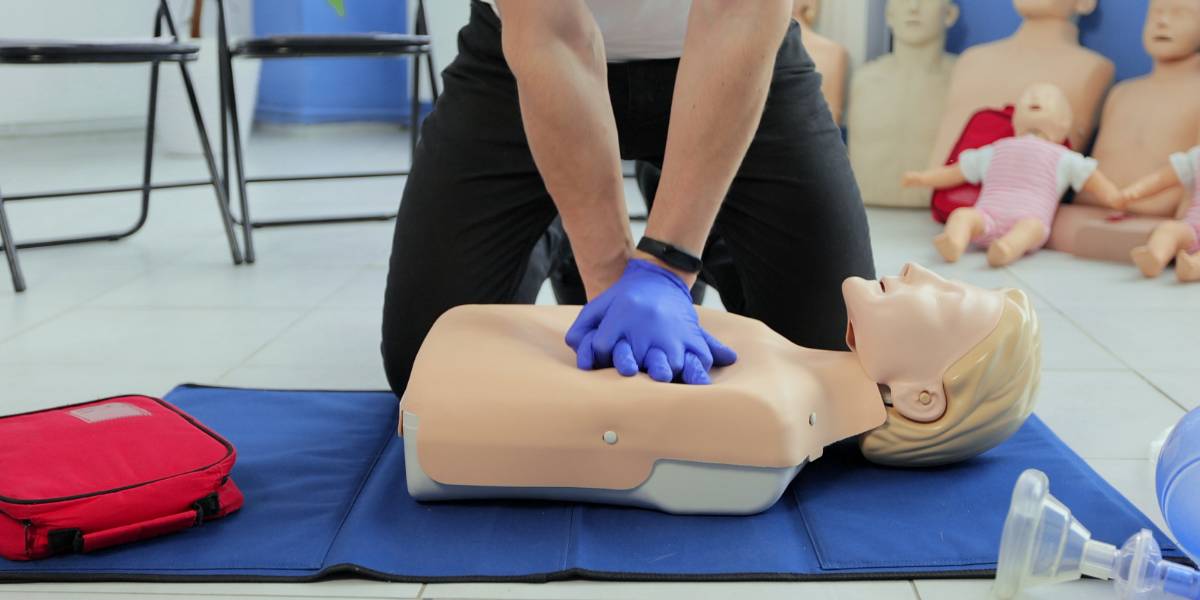
Blood pressure refers to the measurement of the force of blood against the walls of the arteries as the heart pumps blood through the body. Blood pressure is made up of two numbers:
- Systolic Pressure: the highest level of your blood pressure when your heart beats, forcing blood around your body.
- Diastolic Pressure: the lowest level of your blood pressure when your heart relaxes between beats.
Why is my blood pressure important?
People with diabetes are at increased risk of developing high blood pressure, and it is important to have their blood pressure checked by a healthcare professional at least once a year. Especially as high blood pressure usually has no symptoms. High blood pressure can damage blood vessels and put extra strain on your heart, increasing the risk of heart and circulatory conditions such as heart attack or stroke.
How can I monitor my blood pressure?
The only way to know whether you have high blood pressure is to measure it and the most convenient way to do that is at home, which saves you having to make an appointment with your GP. Regular monitoring helps ensure that high blood pressure is detected and treated early, reducing the risk of serious health problems.
Top tips for choosing a blood pressure monitor
The ideal is a monitor that’s been specifically validated for people with diabetes, like this range sold by the BHF. Then make sure you choose the right blood pressure monitoring device for your needs by following some useful tips.
1. Ask your doctor
Speak to your doctor or relevant healthcare professional and ask if it would be useful to monitor your blood pressure.
2. Decide what you want from your monitor
- Some monitors have a large display which is easy to read.
- Some can also detect that your heart rhythm is not beating normally.
- Others can connect with a smartphone app, which will allow you to record your readings over time and check your progress.
- Most have a memory that will store the previous reading so you can compare; some models can store more readings and may be able to store them for different users, too.
- Wireless versions are also available, and these may be easier to use when you are out and about.
If your doctor asks you to measure your blood pressure at home or to wear an ambulatory blood pressure monitor (one that you wear as you continue your daily life, usually for 24 hours) in order to diagnose high blood pressure, they’ll provide a monitor that you can borrow for a set period of time.
3. Buy a monitor with an upper arm cuff
Choose one that measures your blood pressure at your upper arm, preferably not your wrist or finger.
4. Make sure the cuff is the right size for your arm
The cuff should wrap snugly around your upper arm, with just enough space to slide two fingertips underneath. Most home blood pressure monitors will come with a medium-sized cuff. If your upper arm is much larger or smaller than average, you may need to buy a different sized cuff separately. You can usually order this from the manufacturer.
5. Make sure it’s approved for UK use
Choose a monitor that has been validated for accuracy by the British and Irish Hypertension Society. This means that the digital monitor has gone through a series of tests to make sure it gives results that you and your doctor can trust. You can find this list at bihsoc.org.
6. Get it serviced every 2 years
Your monitor needs to be regularly calibrated to make sure it’s accurate – generally at least once every two years. This usually involves sending it back to the manufacturer, who will probably charge a fee for this. If this is too complicated or expensive, it may be easier and cheaper to buy a new monitor.




